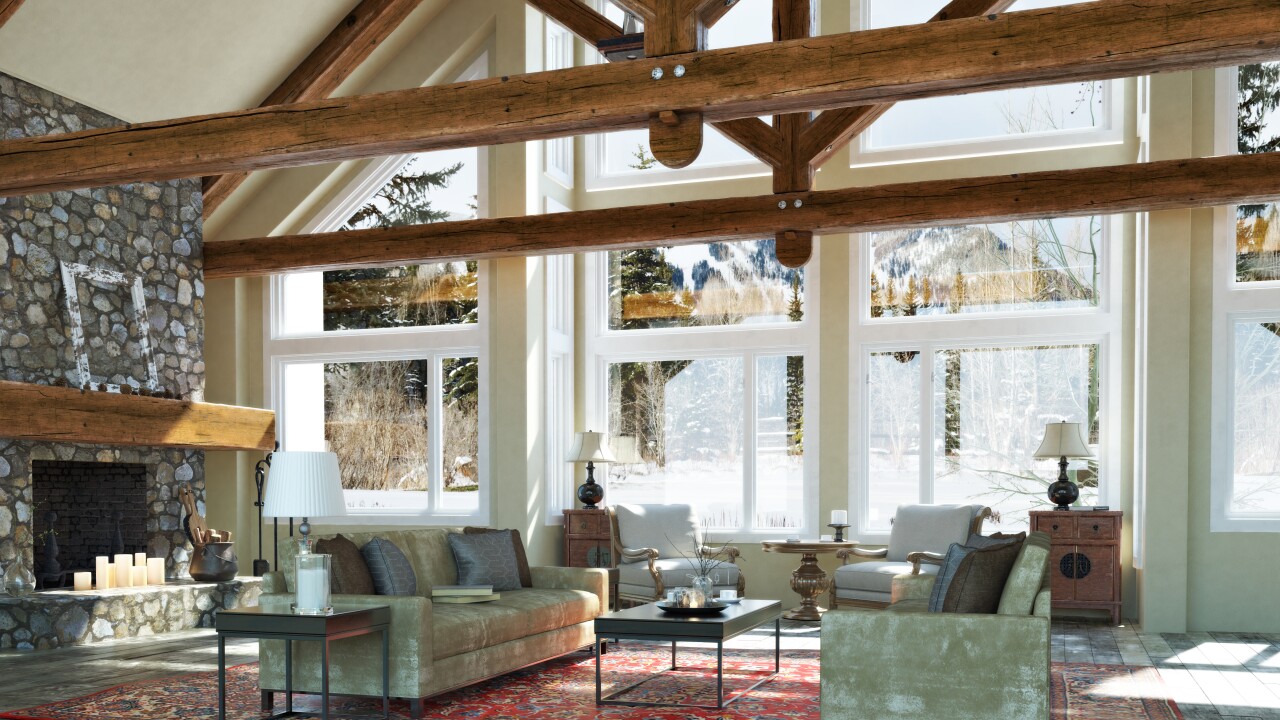Some housing industry leaders believe a growing construction pipeline will temper an anticipated market cooldown, a view challenged by others pointing to affordability headwinds and siloed or restrictive building practices.
Current obstacles include
“We just had a meeting last week with a bunch of housing industry leaders and I would say that that was the general thrust, which was, ‘I’ve never felt so worried at a time when everything feels so good otherwise,’” said Chris Herbert, managing director of the JCHS.
In March, home prices shot up a record 20.6% year-over-year, while rents were up 12% nationwide in the first three months of 2022 compared to a year earlier, according to the report. Investors meanwhile squeezed supply, buying 28% of single-family homes over the first quarter.
Approximately 1.64 million homes were under construction in April, although supply chain issues have slowed deliveries. The report found that building began 1.1 million single-family homes in 2021. It was the first time starts went over a million in 13 years. Multifamily starts hit a 30-year record, with 470,000 units underway last year.
The possibility of a recession next year
“There is simply not enough housing out there,” said Ryan Marshall, president of PulteGroup, a residential construction firm. “That was not the case in 2007 and was part of the reason that we went through such challenges that we went through during the Great Financial Crisis. So I am incredibly optimistic.”
Other leaders were more skeptical. Ginnie Mae President Alanna McCargo described the divide between homeowners watching
McCargo said the nation needs at least 1.5 million more affordable homes, a problem she suggested is solvable.
“We know that if we can’t do it at the federal government alone, it’s going to take that state and local interaction and involvement,” she said. “That includes looking at the cost of regulation, that includes looking at inclusionary zoning policies and ways in which [the Department of Housing and Urban Development] and the way that we fund cities through our block grant program.”
Panelists agreed that
“There needs to be a quid pro quo in there so if you’re going to get the funding, you’ve got to make your land use and your entitlement policy friendly in such a way that we can actually create more housing supply,” Marshall said.
Programs like the U.S. Treasury Department’s
Congress is also mulling another version of President Biden’s Build Back Better Act, which originally pledged over $100 billion in housing investments and
“I think we have the best opportunity that we would have had for a generation to pass major housing investments, and we are on the cusp of losing that opportunity and that window closing so I'm not optimistic about that,” Saadian said.
The construction pipeline is skewed toward more expensive homes partially due to high construction costs, as the share of new homes, which sold for at least $400K increased to 56% in the past two years, the report found. New multifamily units, meanwhile, have asking prices over $1K above what the median income renter can afford.
Marshall also suggested the industry needs to incentivize homeowners to purchase more energy-efficient homes but acknowledged their high costs. The government-sponsored entities are beginning to take energy efficiency into consideration, buying some multifamily loans this year
McCargo offered the hourlong session’s only comment on mortgage lenders, noting the importance of their financial fitness at this particular moment. The industry is beginning to feel the negative impact of rising interest rates and reduced mortgage volume, as firms from technology vendors, servicers, bank and non-bank lenders have undertaken
“Refinances are drying up, interest rates have gone up, home prices are up, things are starting to soften in markets all over the country,” she said. “And we really have to just keep an eye out on the health and viability of actual lending institutions that are supporting our system.”




